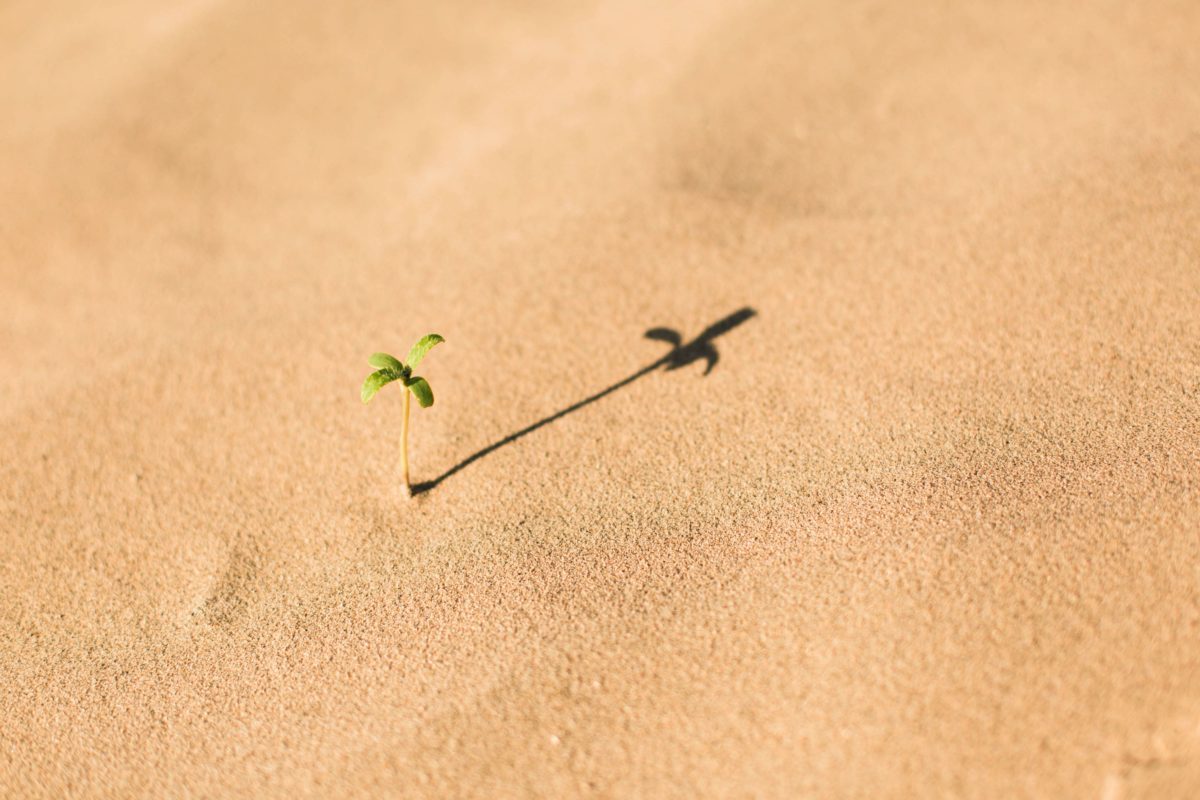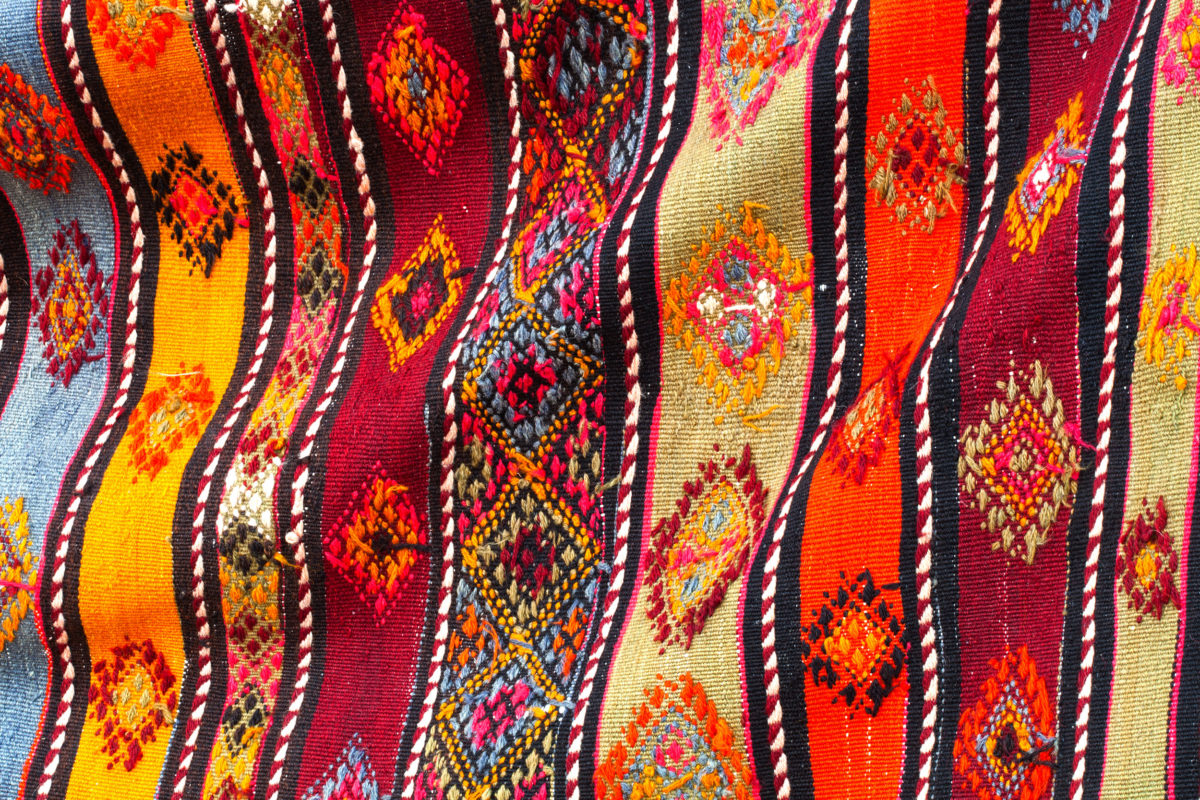Rice is the dominant commercial food crop in Mali. Yet despite high rates of production, Mali still imports upwards of 10 percent of its total rice consumption on average each year. An overreliance on traditional irrigation techniques, sharp changes in annual precipitation, and high population growth mean that Mali’s rice producers haven’t been able to meet the increasing internal demand for this staple.
In response, last year Dexis and private sector partners Netafim (an international irrigation manufacturer) and SOPROTRILAD (a Malian rice production and milling company based in Mopti) set out to determine the agronomic and economic feasibility of using drip irrigation on rice in Mali. To explore this technique—a type of micro-irrigation where farmers apply water directly to plants—Dexis and its partners launched a pilot project to answer some key questions: Would drip irrigation increase rice yields in Mali? What are the water savings? Does the technique make financial sense?
The pilot demonstrated that drip irrigation produced up to 5-6 metric tons of rice per hectare versus a rain-fed system which yielded only 2 metric tons per hectare. The reduction in water use was also clear. Producing a ton of rice in a paddy system consumes 5,000 cubic meters (m3) of water. By comparison, that same ton grown with drip irrigation requires only 1,500 m3. As Mali farmers struggle with fluctuating rainfall, drip irrigation shows promise for more efficient use of water and higher yields. It could also allow those farmers situated away from the Niger River to potentially grow rice.
Outside of water conservation, drip irrigation has an additional significant environmental impact. Paddy rice cultivation generates 20% of methane gas emissions worldwide, while drip irrigation greatly reduces the methane emissions associated with flood irrigation. As such, if only 10% of paddy rice farmers switch to drip, the drop in emissions would be equivalent to taking 40 million cars off the road.
However, as with introducing any new technique, the pilot also identified some challenges. Due to its relative technical complexity, drip irrigation systems need longer-term technical support to implement. Also, installing a drip irrigation system requires a significant financial investment in infrastructure at the outset. That said, increases in productivity may offset this initial increase in cost.
Farmers also have the option of seasonally adding in a high-value crop like onions. Local banks estimate that this way rice producers could pay off the cost of a drip irrigation system in as little as two years. Still, drip irrigation systems may be best suited for smallholders with access to financing or more consistent cash flows, such as those producing high-value foods or for export supply chains over those producing staple crops.
Dexis’ explorations with drip irrigation directly align with the objectives of Mali’s Plan National d’Investissement du Secteur Agricole (National Agriculture Sector Investment Plan) for 2011-2020 and USAID’s Global Food Security Strategy (GFSS) for Mali, which calls for research innovations to build long-term resilience of the Malian population.
With changes due to climate change, the future is one where saving water makes sense. Drip irrigation is gaining a foothold in locations from California to Kolkata. Dexis’ pilot showed that under the right conditions, drip irrigation has the potential to increase the incomes of Malian farmers and, ultimately, promote the country’s food resilience. Likewise, it helps to advance broader discussion of an alternative system to the challenges of climate change. Dexis plans to continue its partnership with Netafim in coming years and introduce drip irrigation to farmers in countries where Dexis is working and where feasible.





